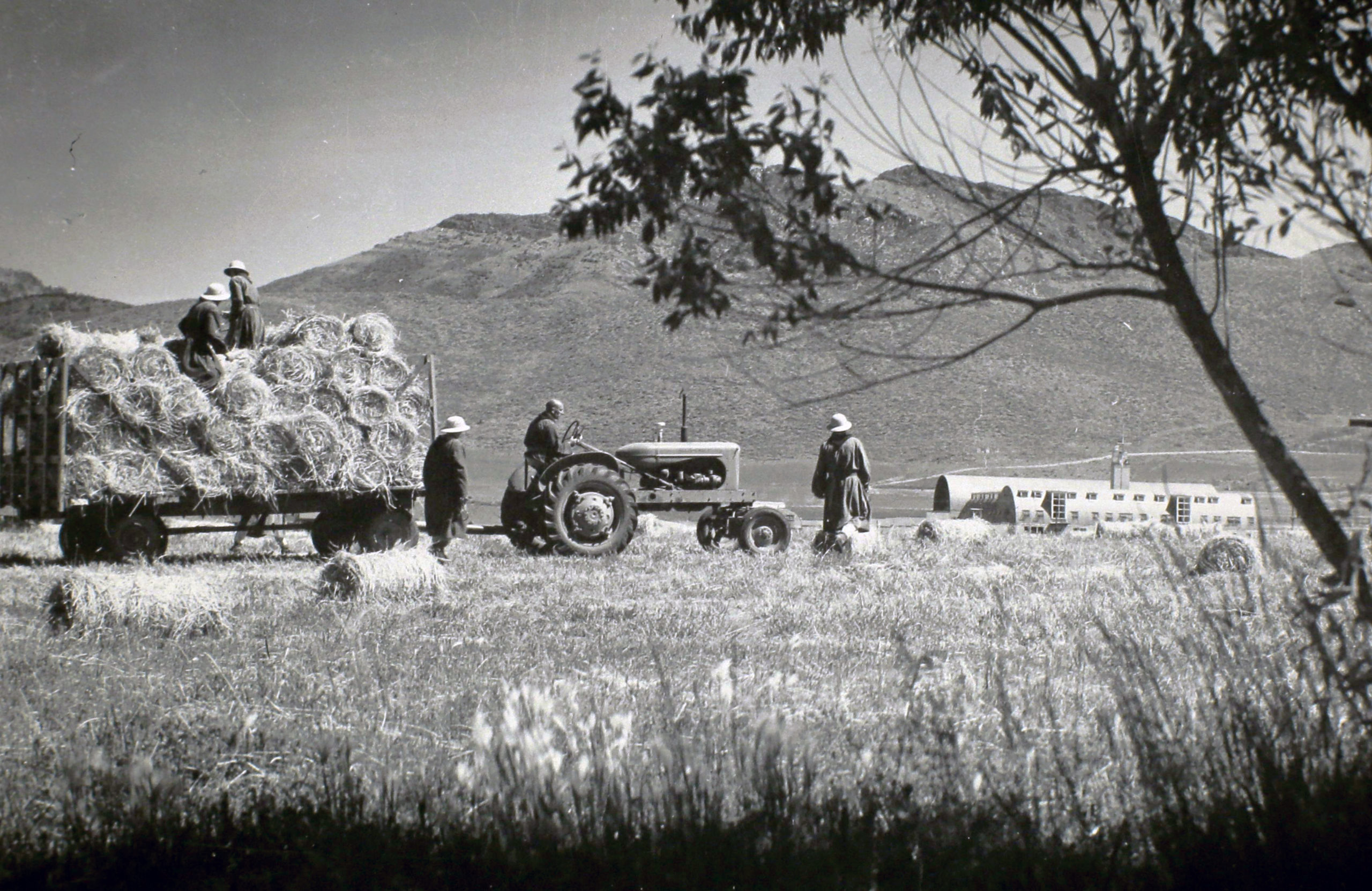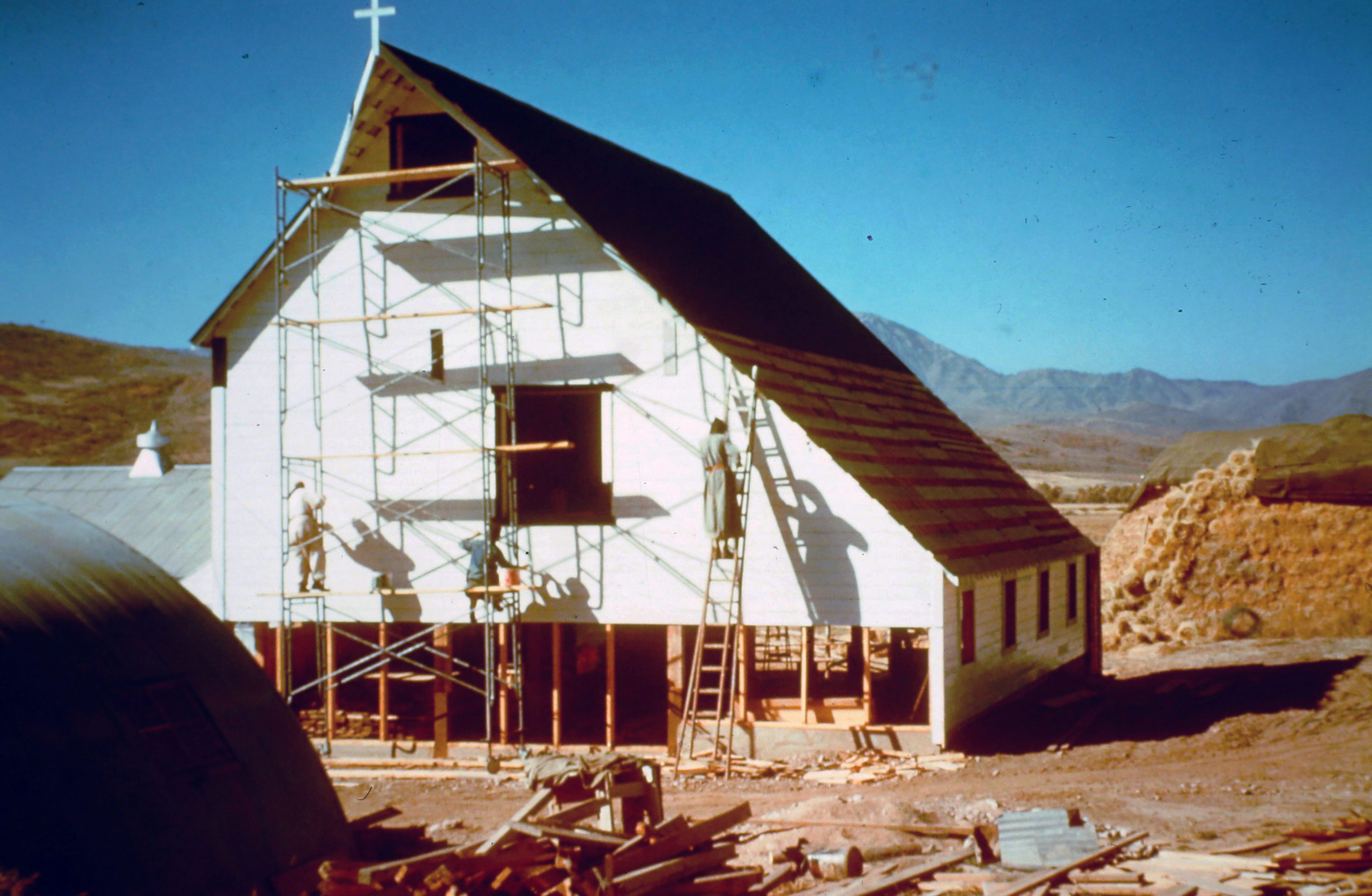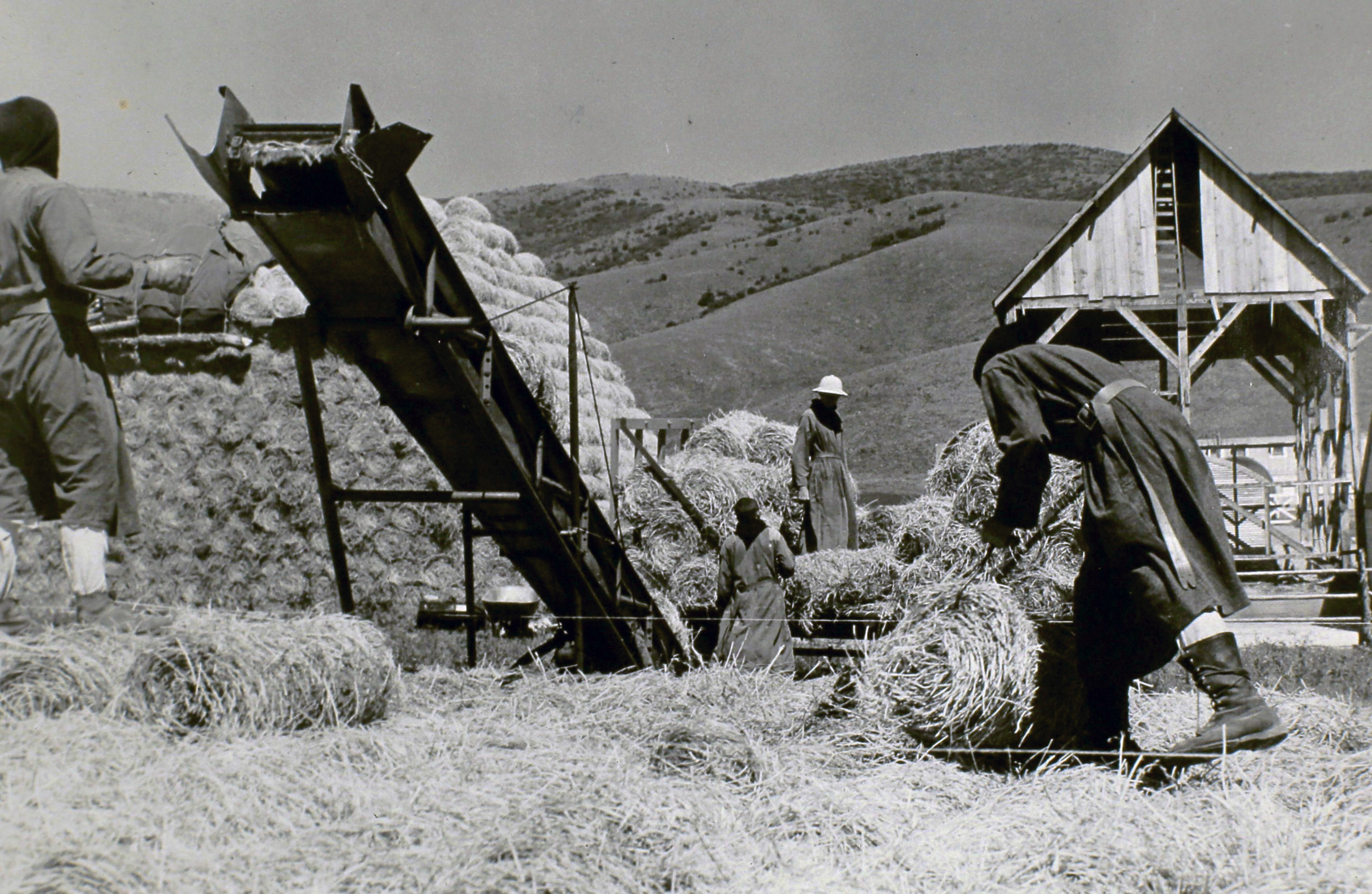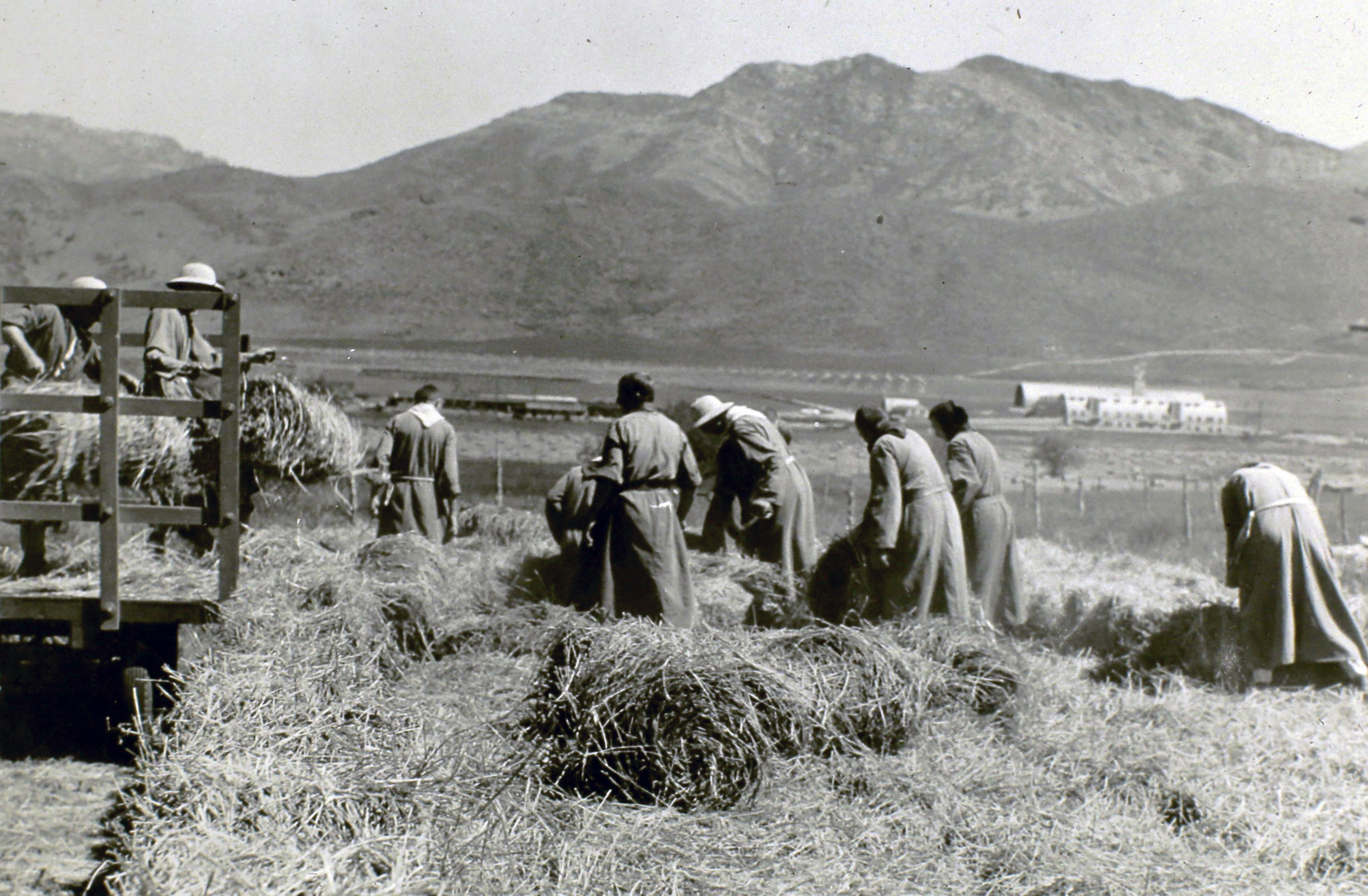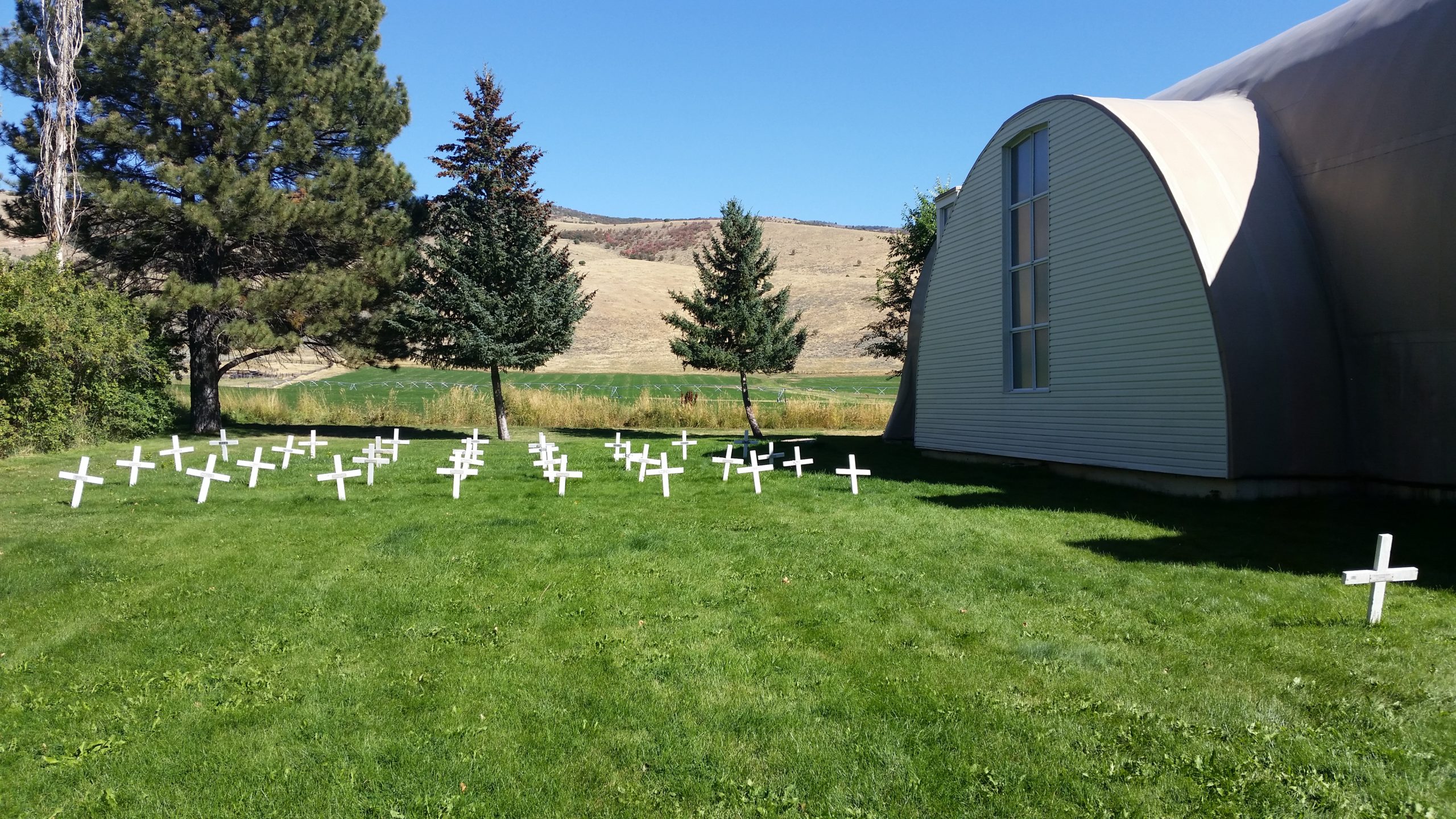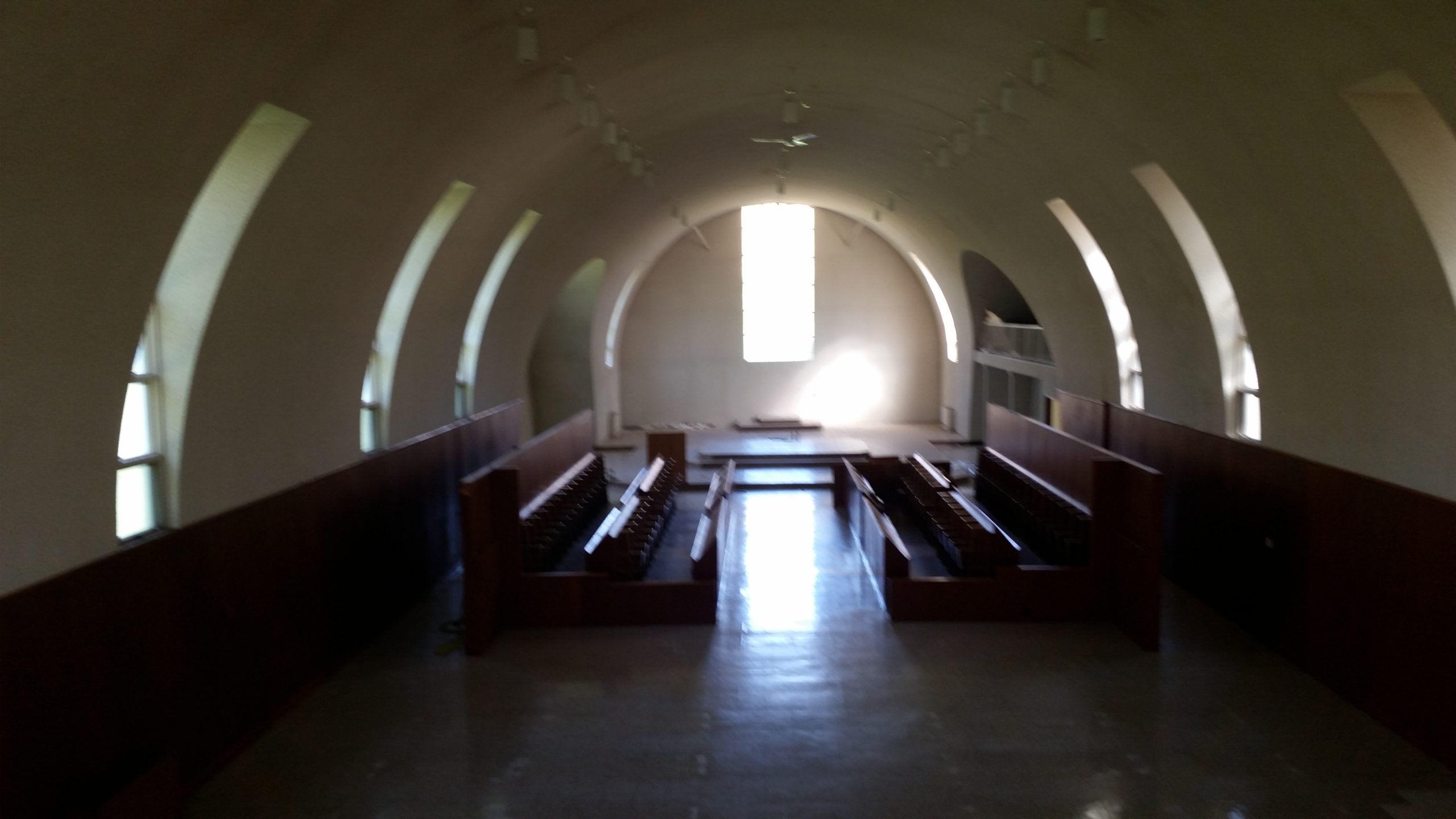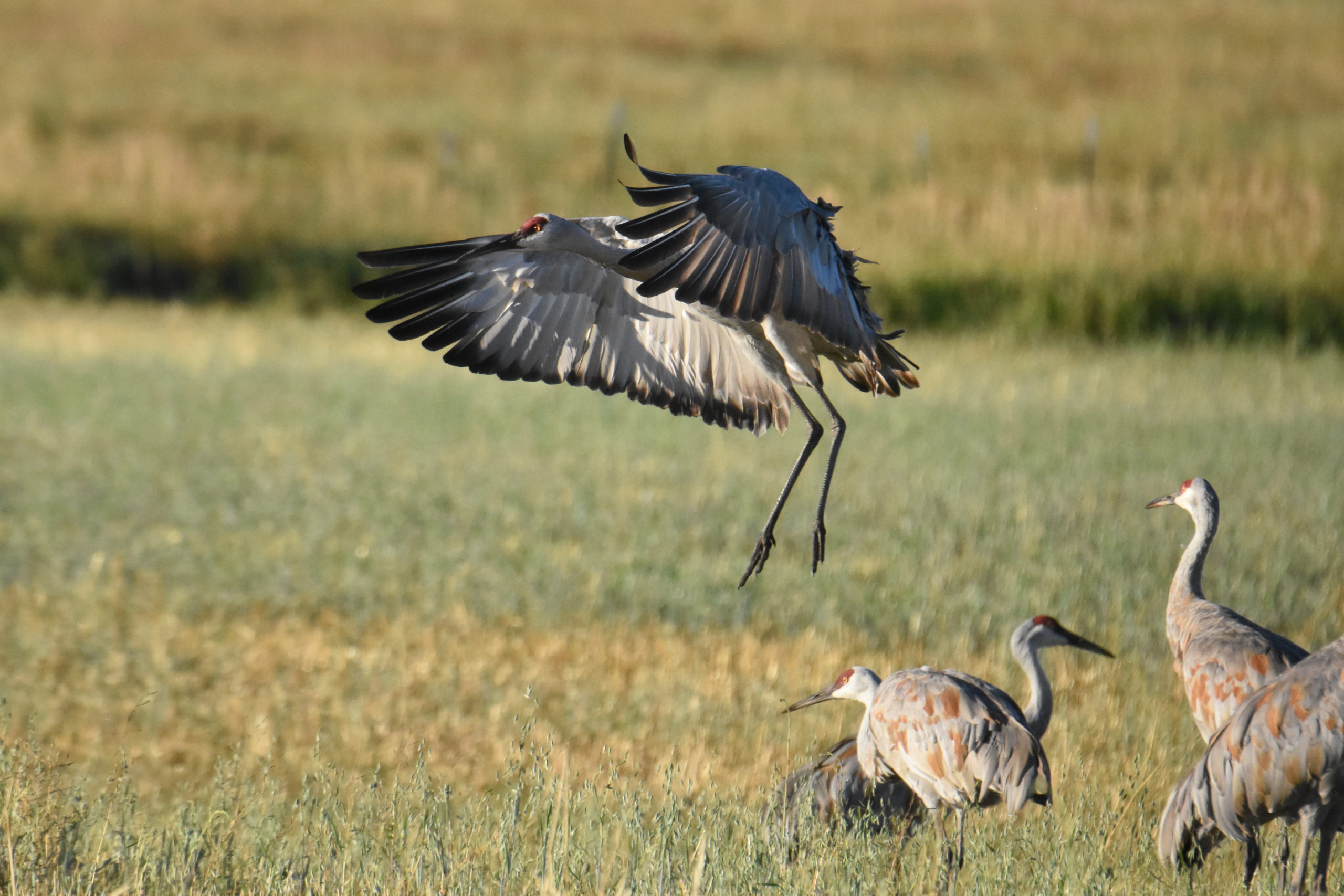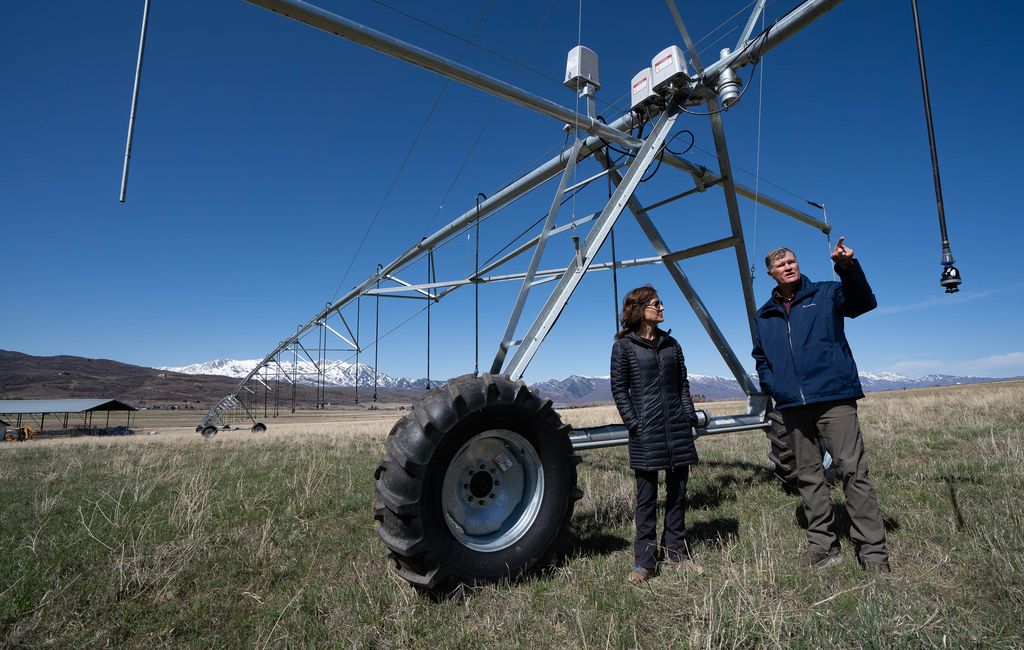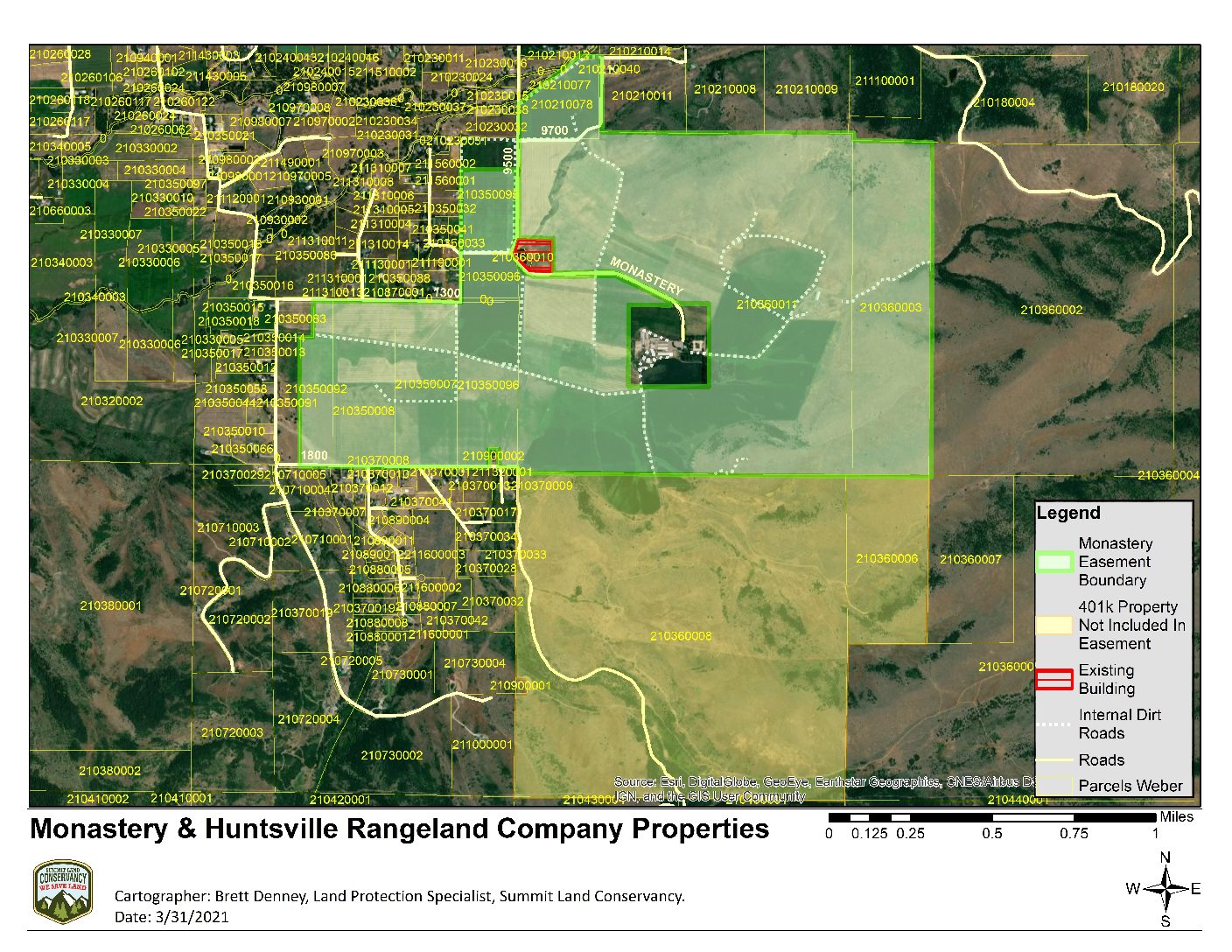HUNTSVILLE MONASTERY
CROWN JEWEL OF OGDEN VALLEY
Photo credit above: Sam Crump
A “ONCE AND FOREVER” OPPORTUNITY
Summit Land Conservancy, Park City’s local accredited land trust, and Ogden Valley Land Trust worked together to help protect an iconic 1,050–acre property that was once home to the Abbey of Our Lady of the Holy Trinity, a Trappist Cistercian monastery established in 1947 in Huntsville, Utah.
HISTORY OF THE LAND
Well-known throughout Northern Utah, the Huntsville Monastery, founded by 32 monks who were mostly veterans of World War II, served 84 monks and novices at the height of its operation in the 1960s. The monks were active farmers, ranchers, and beekeepers who used agricultural production as a form of prayer and devotion. While most of their production provided food for the monastery, the monks also sold products in the Abbey’s bookshop, including their famous creamed honey. The bookshop adjacent to the chapel was open to the public, where the monks sold religious items and texts, as well as fresh-baked bread, jams, and crafted items including clocks that were hand built by Brother Nicholas. In August 2017 the monastery officially closed. The surviving monks currently reside in a senior living facility in Ogden and plan to return to the monastery as their final resting place.
“Over the last 75 years, the Abbey of Our Lady of the Holy Trinity graced the southern end of Ogden Valley as a symbol of spiritual strength, human industriousness, and communal cooperation,” stated Gail Meakins, Chair of Ogden Valley Land Trust. “While the legacy of the monks will live on in our hearts and memories, it is with great joy and humble thankfulness that we now have the opportunity to preserve these fields and vistas forever.”
PRESERVING CULTURAL AND HISTORICAL VALUE
There are fewer than 30 monasteries left in the United States, and when a monastery closes its doors, the land is typically sold for development. In 2016, Huntsville local Bill White purchased the monastery property to save the land as open space. In 2019, White worked with the Summit Land Conservancy to place his 85-acre heritage ranch in Henefer under a conservation easement. Despite the potential economic gain of selling for development, White recognizes the monastery has cultural and historic value that far exceeds the face value of the land. He plans to preserve the monastery largely in its current form as an active agricultural operation and as significant wildlife habitat, while continuing to invest in the long-term sustainability of the farm.
“The historic Trappist Monastery in Huntsville is one of the last few remaining farms in Ogden Valley. The area is under intense development pressure as more and more people move into the valley seeking the lifestyle that comes with three ski resorts, a beautiful lake and miles and miles of hiking trails in the surrounding mountains,” said White. “When the monks decided to close the monastery because of their advanced ages, I realized that this was a ‘once in forever’ opportunity to save this beautiful farm from development. With the help of many selfless and caring people, we can finally see the finish line.”
PRESERVING WILDLIFE BIODIVERSITY AND WATERSHED HEALTH
In addition to the historic and cultural significance of the property, the monastery also holds important conservation values that provide benefits to wildlife and biodiversity, watershed health, and the community. Situated close to the sub-alpine forests in the Wasatch Range, the 1,080 acres of agricultural open space are prime habitat for several species of importance. The farm serves as a wildlife corridor and provides potential habitat for two endangered species (the Canada lynx and yellow-billed cuckoo), and ten migratory avian species. The property is also used as rangeland and wintering ground for elk and deer; and owl, hawk, and wild turkey populations thrive in the wooded areas at the edges of the farm’s pastures. The neighboring Deseret Ranch, a 200,000-acre elk preserve, enhances the monastery’s property value as elk habitat and range, and a branch of the south fork of Ogden River runs along the property’s edge providing seasonal wetlands for migratory birds.
The Ogden Valley General Plan specifically highlights the monastery property as “significant open space important for preservation” in its Open Lands map. The property forms part of the rural, agricultural landscape and scenic viewshed that gives the Huntsville area its character.
WE DID IT WITH YOUR HELP!
In order to purchase and place a permanent conservation easement on the Huntsville Monastery, Summit Land Conservancy has secured a federal grant of $8.8 million from Natural Resources Conservation Service’s (NRCS) Agricultural Conservation Easement Program (ACEP). The landowners have generously agreed to donate 58% of the appraised property value. The Conservancy, along with Ogden Valley Land Trust, launched a capital campaign to raise the remaining $300,000 needed from community members and individual donors.
With your generous help, we have reached our goal which will enable the placement of a permanent conservation easement on the Huntsville Monastery. Thank you!
THANK YOU TO OUR GENEROUS SPONSORS


